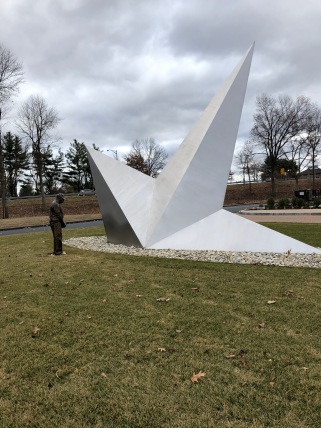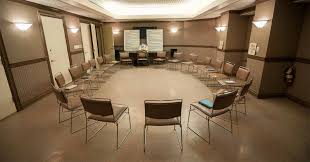
Although I have no desire to travel overseas, some of my friends do. Yesterday dear friends came over to share the mincemeat pie I mentioned a few posts ago. They had just returned from Israel and brought back as a gift the lovely blue and yellow scarf pictured above. As soon as I saw it I knew it would look perfect atop the dining room sideboard below our blue and yellow wallpaper. It looks as if I was made for just that spot.
I treasure friends who now me well enough to gift me with just the right things. Giving takes certain skills, most especially the ability to know not what I would like, but what would suit the other person. Near my home there are several “gift shops” which seem to fill a niche for people who want or need to give someone a present but have no idea what that might be. While I have poked around in them occasionally, I have rarely found anything that would suit any friend. I imagine that many of the items end up in closets.
I love running across things in the course of my life. Sometimes I see something, most usually a book of course, that I know would be a perfect gift. Then I have to practice the aforementioned skill. Who am I really thinking about, me or my friend? If it is me, I buy it for myself. If for my friend I enjoy knowing the pleasure sure to come.
I hope that, as often a possible, we can gift from the heart rather than from obligation. Despite all the advertising, there really are no “everyone wants one” presents. Don’t be suckered into buying one of those “as seen on TV.” Except maybe those copper bracelets to heal arthritis! Hint. Hint. (Just kidding.)













